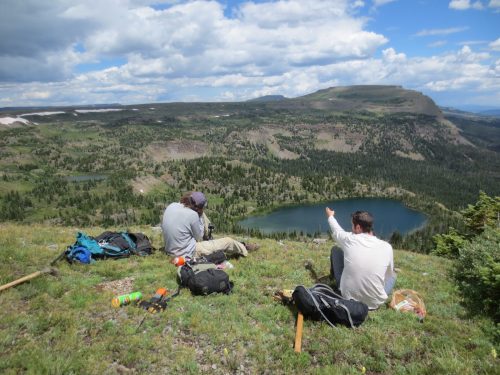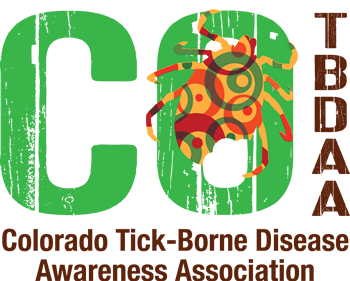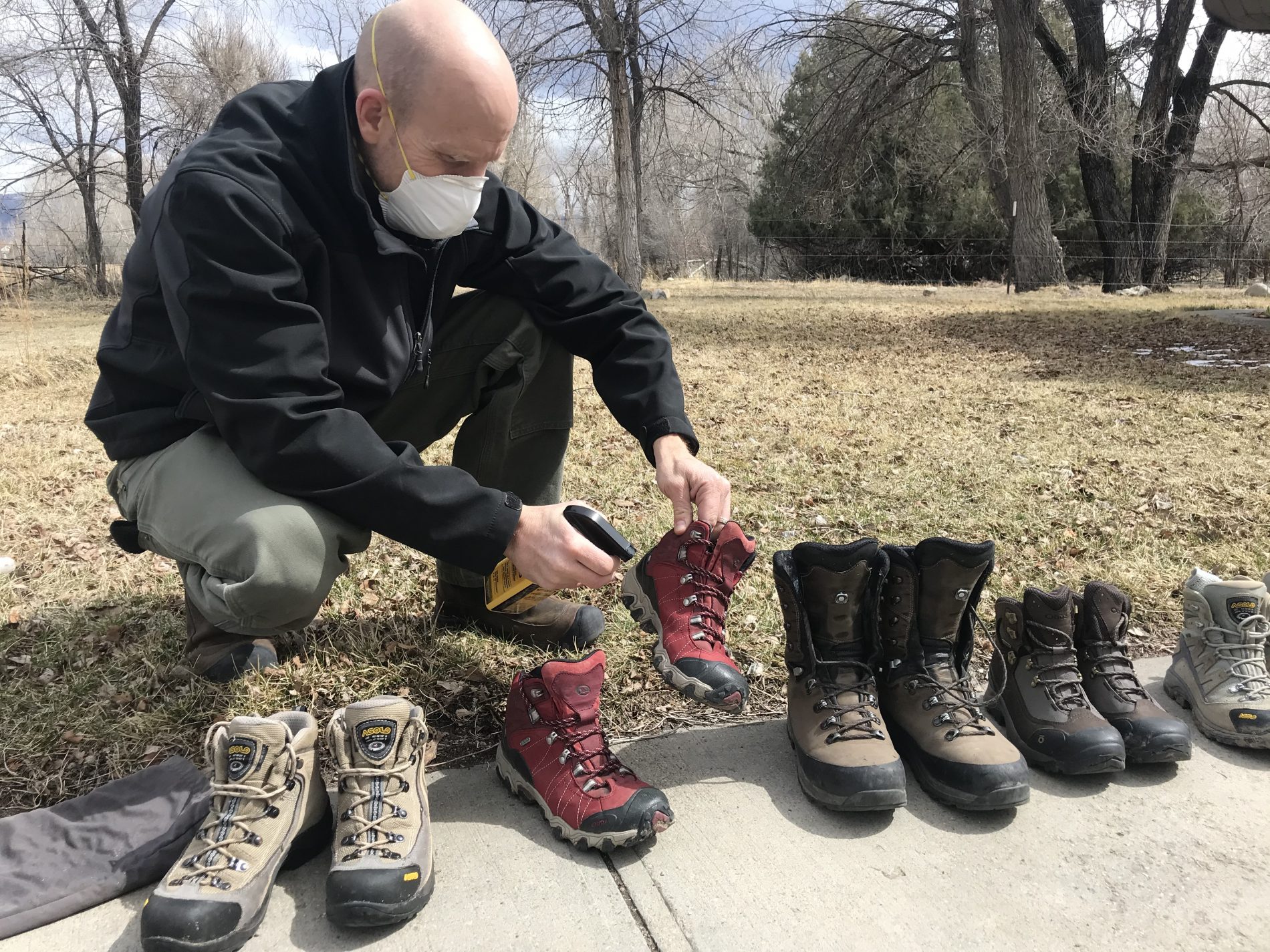
Working Outdoors
What Are Your Risks Working Outdoors?
Many residents in Colorado both play and work in the outdoors through many of the federal, state, county and city natural resource management agencies, recreation and tourism industries, utility companies, ranching, farming, and outdoor education.
Colorado outdoor workers are at greater risk of exposure to tick-borne diseases as they spend more time in potential tick habitats where encounters with ticks are more likely. Workers that handle pets and wildlife are also at an increased risk, as some diseases can be transmitted through blood, saliva, abscesses or scratches from the animals they are handling. Work sites with woods, bushes, high grass, riparian areas or leaf litter are likely to have more ticks.
 In most regions of the United States, those that work or play in the outdoors should take extra precautions to protect themselves in the spring, summer, and fall when hard-bodies ticks are most active. Though keep in mind ticks may be active all year in regions with warmer weather. Many high elevation mountain areas of Colorado remain cold and snow covered in the winter, while lower elevation foothills are often dry and warmer between snowfalls making it possible for ticks to remain active in Colorado year round. People may be exposed to soft bodied ticks that can cause Tick-Borne Relapsing Fever, while sleeping in rodent infested, or previously infested camps, vacation rentals or hunting cabins, and working in or around rodent infested barns. Species distribution, abundance and incidence of infection with ticks varies nationwide. Outdoor workers that travel outside of Colorado on assignments, such as military personnel and their families, wildland firefighters and other disaster relief workers, should be aware of the variable risks and exposure when working in different regions of the country and worldwide.
In most regions of the United States, those that work or play in the outdoors should take extra precautions to protect themselves in the spring, summer, and fall when hard-bodies ticks are most active. Though keep in mind ticks may be active all year in regions with warmer weather. Many high elevation mountain areas of Colorado remain cold and snow covered in the winter, while lower elevation foothills are often dry and warmer between snowfalls making it possible for ticks to remain active in Colorado year round. People may be exposed to soft bodied ticks that can cause Tick-Borne Relapsing Fever, while sleeping in rodent infested, or previously infested camps, vacation rentals or hunting cabins, and working in or around rodent infested barns. Species distribution, abundance and incidence of infection with ticks varies nationwide. Outdoor workers that travel outside of Colorado on assignments, such as military personnel and their families, wildland firefighters and other disaster relief workers, should be aware of the variable risks and exposure when working in different regions of the country and worldwide.
All outdoor workers should check with their supervisor or employer if they have questions about possible exposure to ticks. Some employers provide tick safety information through Health and Safety manuals, tailgate safety sessions, or other internal policies.
Employers wishing to provide their staff with tick awareness and safety training with a Colorado Tick Talk, or to develop prevention policies should contact Monica at info@coloradoticks.org. Prevention is key to outdoor workers safety and health! Wearing protective clothing, and taking other precautions can help reduce your exposure while working outdoors.
Workers at risk of tick-borne diseases include, but are not limited to, those working in the following areas in Colorado:
- United States Military Personnel
- Natural Resource Agencies: City, County, State, and Federal
- City and County Parks and Recreation
- Wildlife management
- Forestry
- Wildland and Structural Firefighting
- Outdoor Education
- Outfitting and Guiding (fishing, hunting, horseback riding, and other recreation)
- Camp Counseling and their kids (Summer camps, Boy Scouts)
- Construction work
- Trail building
- Landscaping
- Land surveying
- Ranchers
- Farmers
- Pest Control
- Railroad work
- Oil field work
- Utility work
**Wearing Permethrin treated clothing, boots and gear; wearing insect repellent; and conducting daily tick checks can reduce exposures to tick bites while working in the outdoors! Read about effectiveness here.





